Preventing Secondary Complications of SCI
A spinal cord injury can be devastating enough but there are a whole host of secondary complications that can occur because of being paralyzed. Some of them are life-threatening, but most are conditions that can lower the quality of life. No matter the severity of the complication, most can be avoided if the right steps are taken. Below are some of the most common secondary complications of spinal cord injuries and how to prevent them.
Pressure Sores
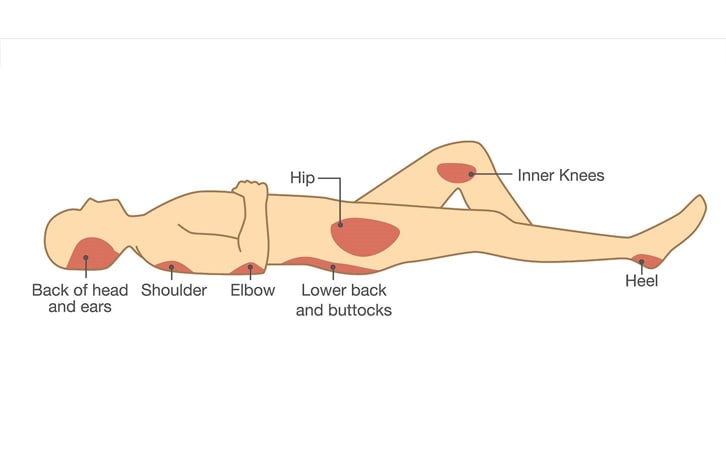
One of the most dangerous secondary conditions of a spinal cord injury is pressure sores. These occur from sitting and not moving enough throughout the day or in bed. Many people with spinal cord injuries will experience a pressure sore whether it is caused by their wheelchair, shower chair or sitting anywhere else or on anything. One of the best things to prevent pressure sores is custom seating for your wheelchair.
If that is impossible to get, your next best option is meeting with a physical therapist who can help you choose the right cushion for your chair. It is also important to look at all of your mobility equipment, wherever you may be sitting, such as your shower chair, Hoyer lift, and vehicle, so you can make sure you are protecting your skin at all times.
Also, one of the best things you can do is check your skin every night after you get out of your wheelchair. Make sure to use a mirror if you have no one to help or using your phone to view. Pressure sores can become life-threatening if the infection enters the bloodstream. It is always important to make sure you have a pressure wound doctor monitoring your as well.
Urinary Tract Infections

Another life-threatening secondary condition of spinal cord injury is urinary tract infections. It is important to prevent kidney and bladder stones as well. Since people with spinal cord injuries are prevalent in getting both of these due to catheter use, you must drink at least 8 cups of water each day. Diluting your urine is one of the best ways to prevent infection. You can also try natural supplements, such as cranberry supplements and D-Mannose, which is a sugar that many believe makes it difficult for bacteria to grow in the bladder.
Muscle Spasms
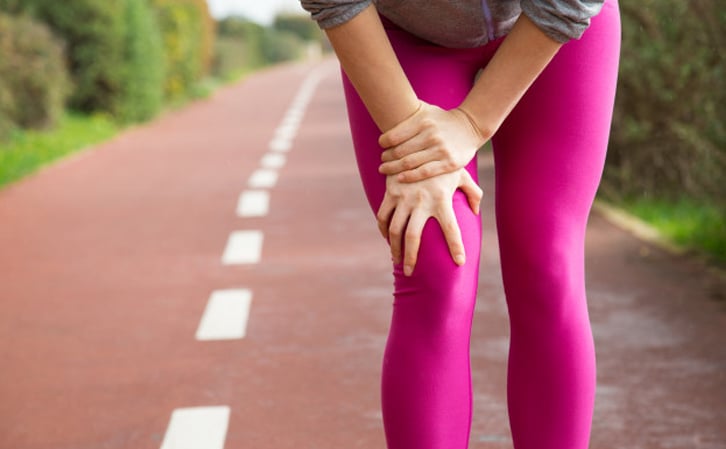
While spasticity is not a life-threatening of a secondary complication, it is one of the most common secondary conditions that people with spinal cord injuries experience. There are many medications that people will take to help to stop spasms since they can be disruptive and even dangerous. Baclofen is the number one prescribed medication to prevent spasms. Some will even get a Baclofen pump. Many people are also taking cannabis pills to prevent spasticity. Daily stretches and working out can also help.
Osteoporosis
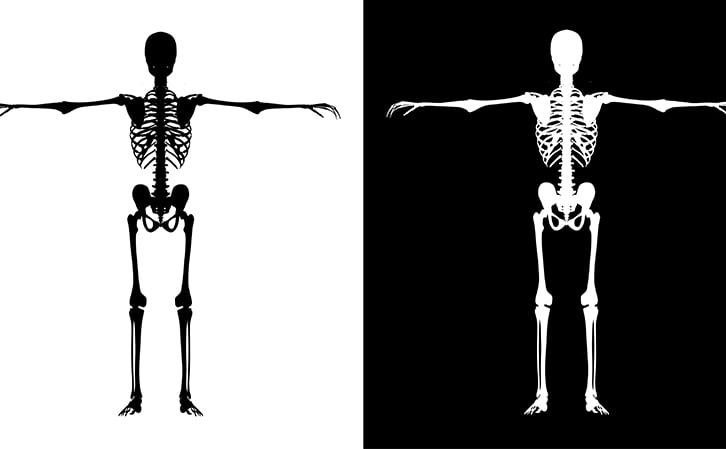
Many people with spinal cord injuries are at a high risk of getting osteoporosis due to not walking. Osteoporosis can be a very dangerous condition as we age. An important thing many people with spinal cord injuries do to prevent osteoporosis is to take a daily Vitamin D supplement, as well as a calcium supplement. Some people will increase their calcium intake in their diet instead. Using a standing frame also helps stave off osteoporosis. Doctors recommend standing at least 1 hour a day to combat osteoporosis. You can also get a yearly Dexa-scan to check the calcium levels in your bones.
Respiratory Issues
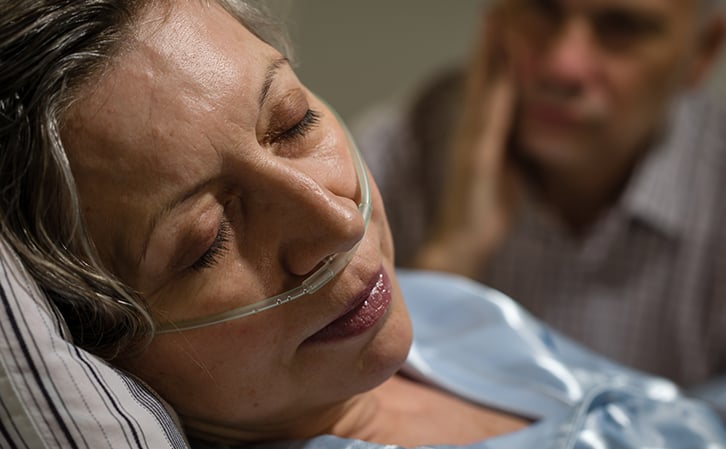
Since many people are at a high risk of respiratory issues after a spinal cord injury mainly due to compromised muscle ability in the torso cavity, using a home breathing machine such as a Spirometer can help by increasing lung capacity. Deep breathing exercises for people with higher-level injuries can also help. Pneumonia is a high-risk condition that many with SCI are susceptible to, which is why keeping up with respiratory health post-injury is so important.
Constipation/Diarrhea
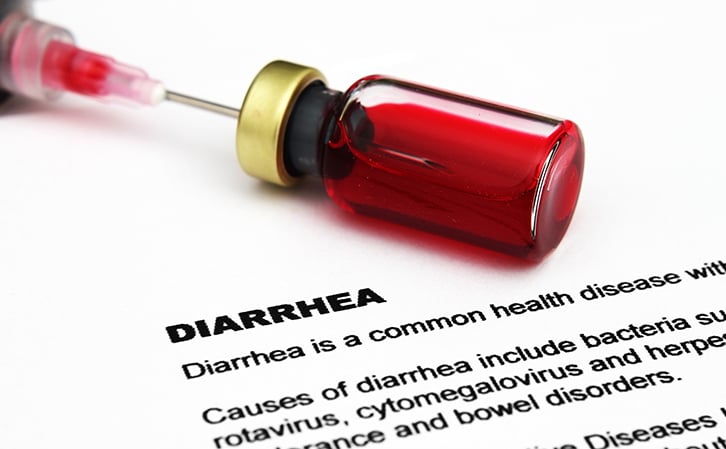
Digestive/gastrointestinal issues are common post-injury due to the nerves in the lower intestines being paralyzed. Many experiences the contrast of constipation/diarrhea and use various medications (laxatives) or anti-diarrheal medications to rectify the issue, but long-term changes to diet, adding fiber, drinking enough water and eating healthy can help.
Depression
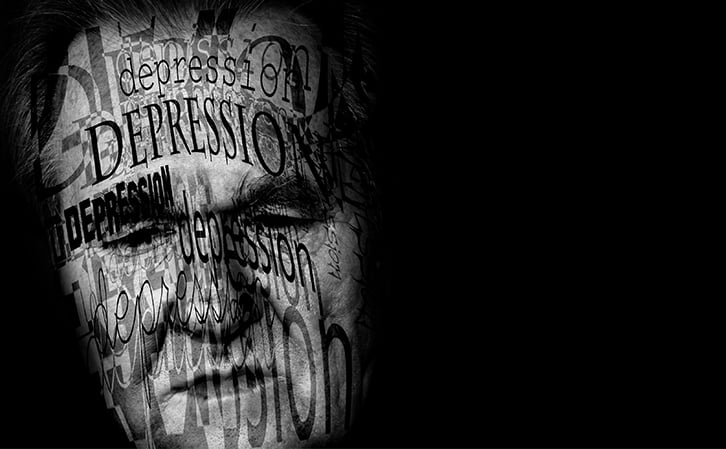
Many people experience depression post-injury and taking anti-depressants is common. Do not be embarrassed to talk to a mental health professional. It is important to tackle your mental health just as fiercely as you would any other secondary complication of SCI so you can be the best version of yourself possible. Never ignore this secondary complication.
Autonomic Dysreflexia
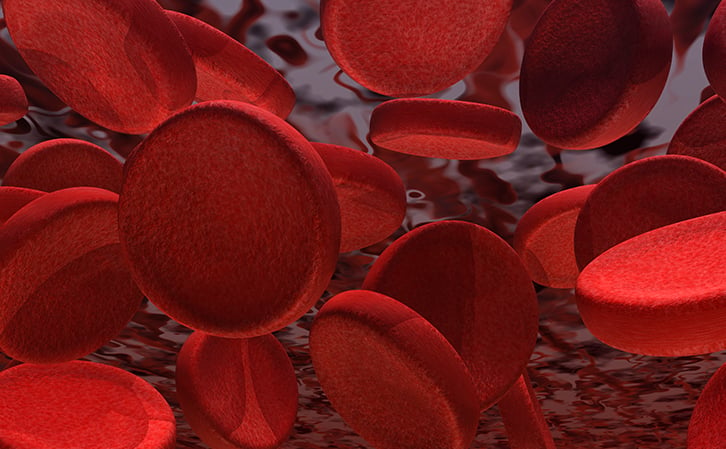
Another life-threatening secondary condition is autonomic dysreflexia (AD), which causes an increase in blood pressure due to pain being present in an area of the body that’s paralyzed. AD can lead to a stroke if the pain is not stopped. Pounding headaches, sweating and flushed skin are easy-to-spot signs.
Scoliosis

And lastly, a secondary complication that can cause chronic pain and bad posture, and can even hurt your organs, is scoliosis. Scoliosis is caused by the torso muscles being paralyzed and the backbone not being fully supported, which leads to the backbone/vertebrae curving. Braces can be fitted to prevent the curvature from getting worse.
Paralysis can be a life-changing condition, but you do not have to let it ruin your overall health. By being aware of the above secondary complications and prevention methods, you can live a long, healthy life.
Stay Updated on Advancements On Traumatic Brain &
Spinal Cord Injuries
About the Author





